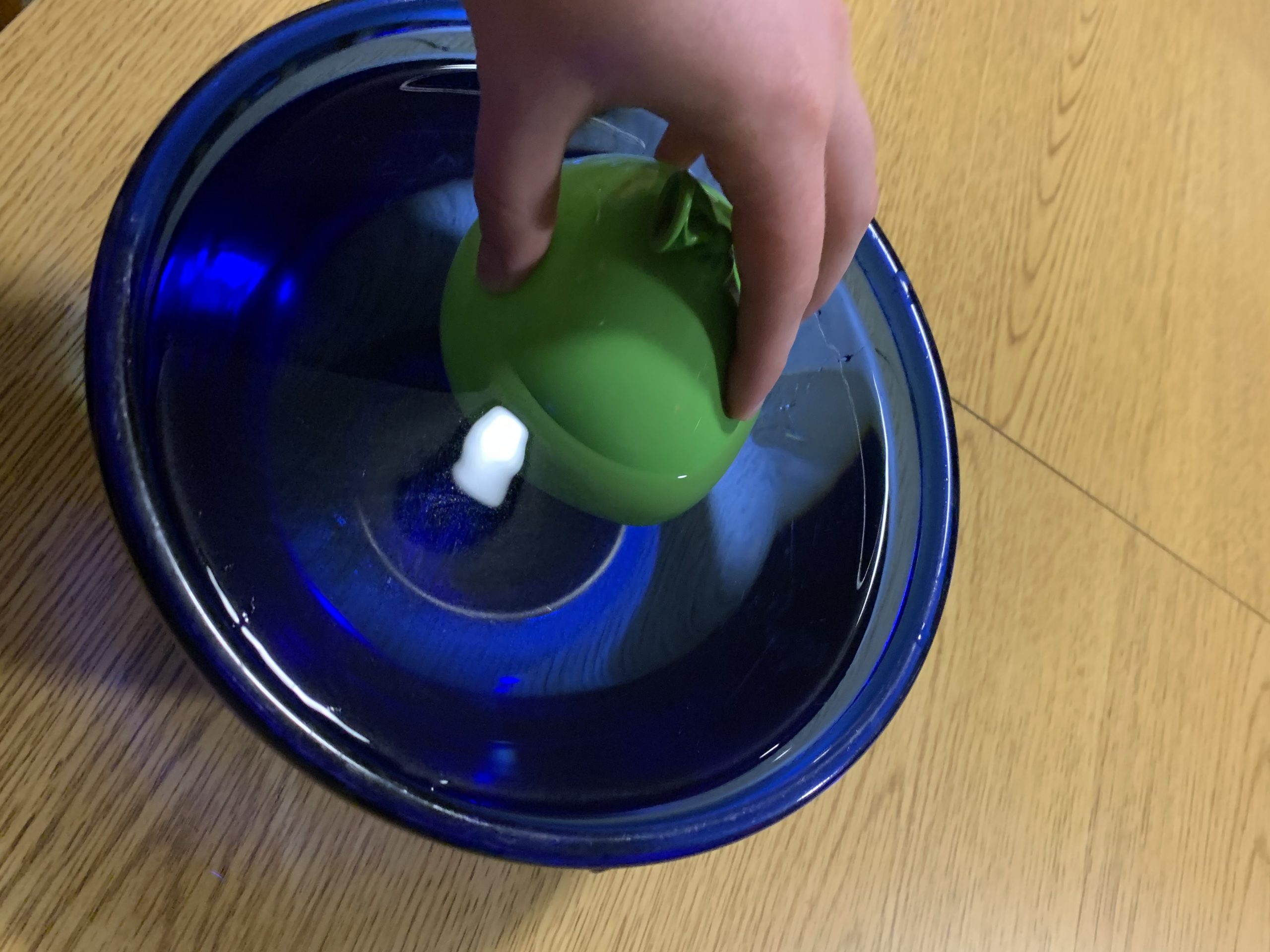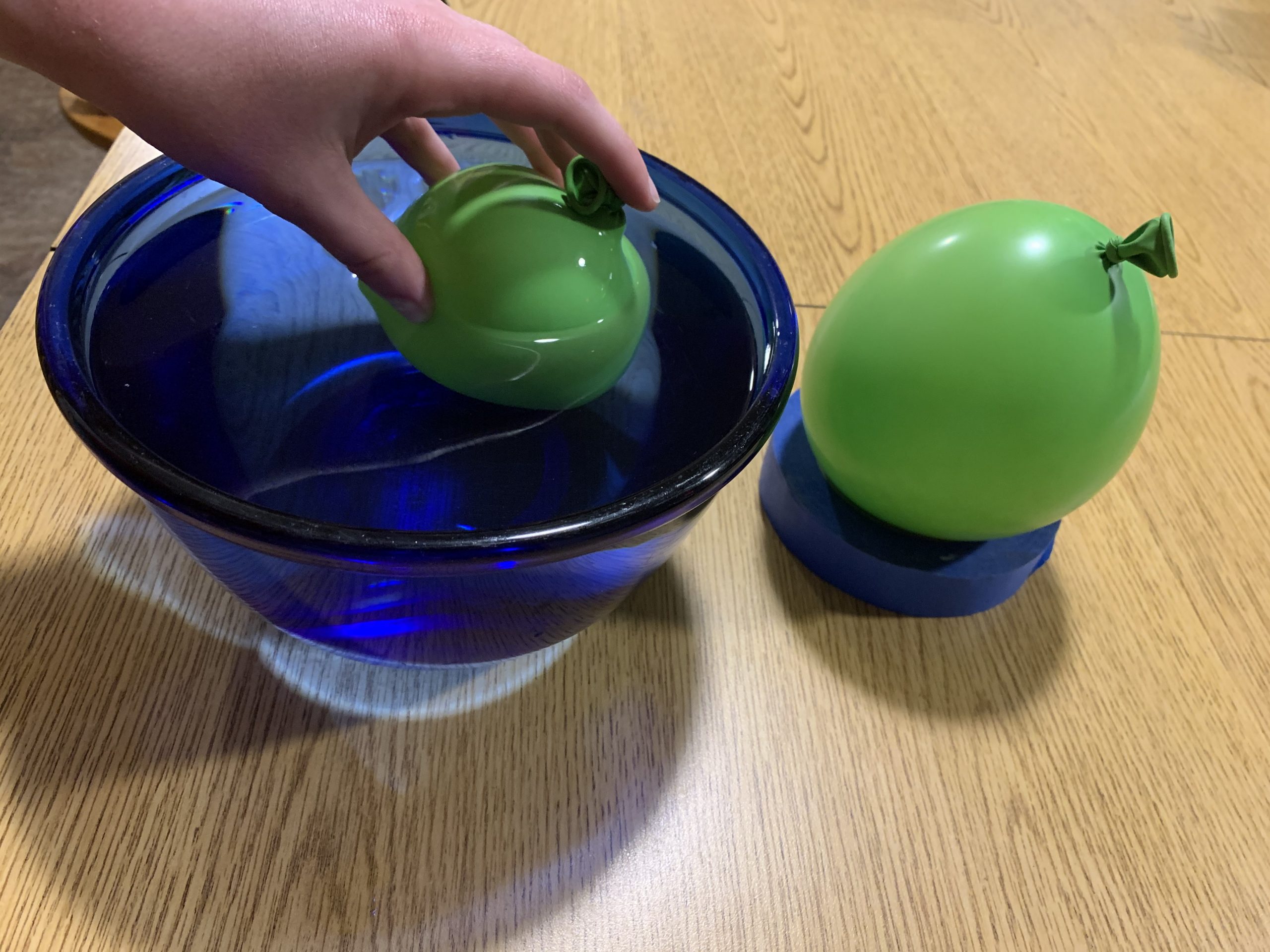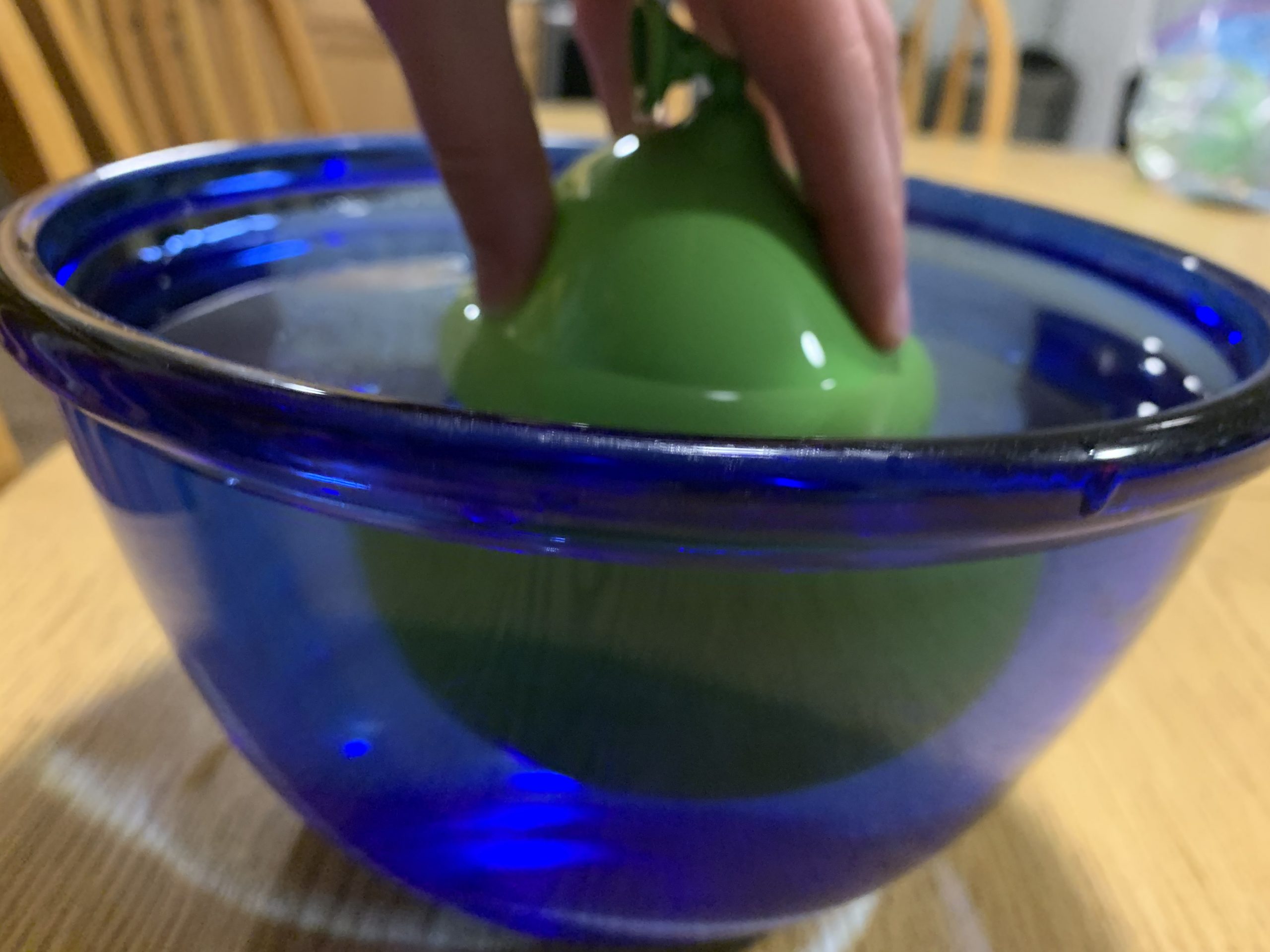Cardiac/pericardial tamponade is when the pericardial sac fills with fluid from infection or trauma. This project is a model of how the heart has a hard time filling with blood due to the fluid in the pericardial sac. The blue bowl is the pericardial sac, the water represents the fluid, and the green balloons represent the heart. One breath was used to fill the balloons, and one was blown up in the water to replicate the pressure the fluid puts on the heart. Notice the size difference between the hearts (the smaller one is the one suffering from cardiac tamponade). This project was done by Monique Villines and Becca Gerke.







This model has helped me learn what a cardiac tamponade is. Cardiac tamponade is often caused by pericardial effusion which is excess fluid between the heart and pericardial sac, this is often caused by bacterial infections. As fluid accumulates the pericardial membrane stretch and causes an increase in pressure. To further explain this cardiac tamponade is when the pericardial sac around the heart fills with that fluid/blood causing an increase in intrapericardial pressure, that then compresses the heart so it can no longer fill with blood. In this model the bowl represents the pericardial sac (pericardial sac is a sac that contains the heart and vessels) and the water in the bowl represents the fluid/blood while the balloons represent the heart. The smaller heart is suffering from cardiac tamponade, you can tell this because it is much smaller and it cannot soak up much blood because its intrapericardial pressure increased. If the heart can’t get blood in it cannot get blood out which becomes a problem. Death can occur if low blood output continues and can stop the heartbeat all together. Some symptoms can include fatigue, restlessness, difficulty breathing, jaundice, and many more symptoms. These can often be another look but some causes for cardiac tamponade include chest injuries, heart attack, kidney failure and other illnesses. Treatments can include procedures like pericardiocentesis, which is when the pericardial sac is punctured and blood and pressure is relieved. To get tested for cardiac tamponade by echocardiograms which helps see the sound waves of the heart and how well it is pumping blood. Thank you, Monique, for a great representation of cardiac tamponade.
-Annay
Cardiac tamponade is caused by the build up of fluid in the pericardial space. This can create an increase in pressure which can do damage to the cardiac output. Cardiac tamponade causes an obstruction which makes it difficult for blood to be pumped throughout the body. There are many different causes to cardiac tamponade such as trauma and heart attacks. It can become an emergent situation when there is a lot of fluid in the pericardium which causes a rapid decline. Due to the difficulty it takes to pump blood throughout the body, it can cause a drop in blood pressure and an increase in heart rate. There are certain ways doctors can diagnose and treat a patient suffering from cardiac tamponade. In order to diagnose a patient, a doctor will need to do an echocardiogram which will how well the heart is pumping and the space fluid in the pericardium. To treat cardiac tamponade, a doctor would do a pericardiocentesis. A pericardiocentesis, is a procedure in which the pericardial sac is punctured in order to decrease any pressure due to fluid and blood. For this project, they used a bowl to represent the pericardial sac. They also used balloons to demonstrate the heart.There were two balloons, one to represent a normal heart and another to represent a heart with cardiac tamponade. The “heart†that is suffering from cardiac tamponade is smaller because it is difficult to get blood in because of the increase in pressure in the pericardial sac.